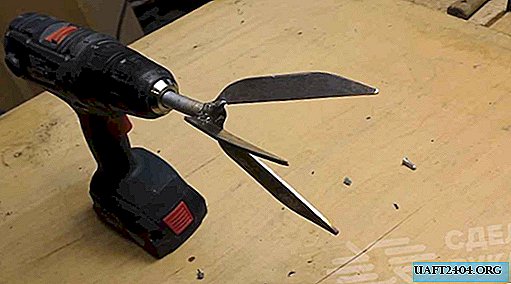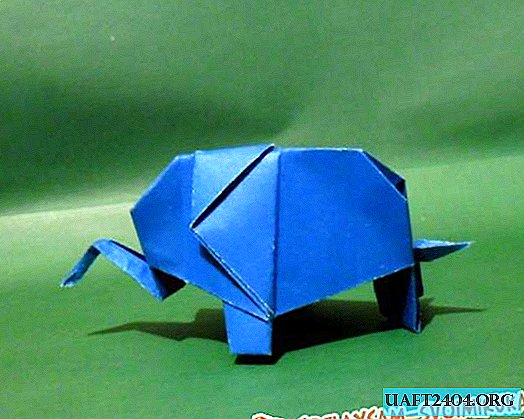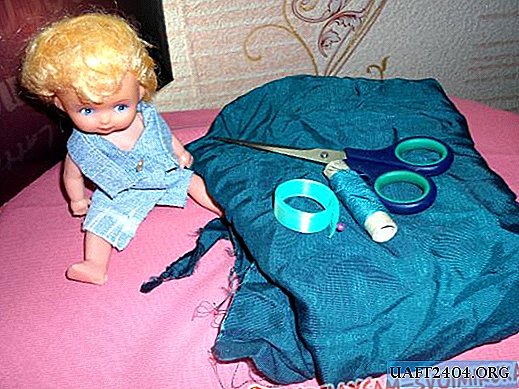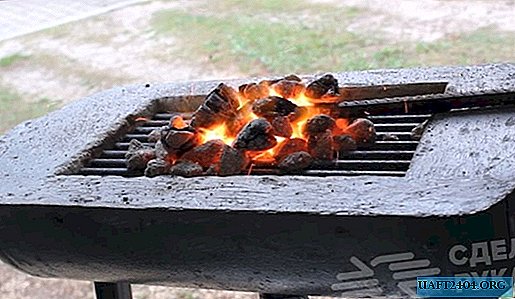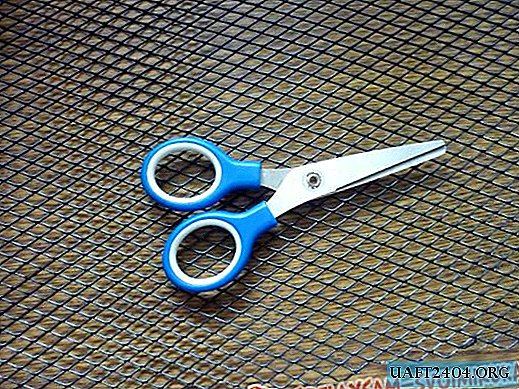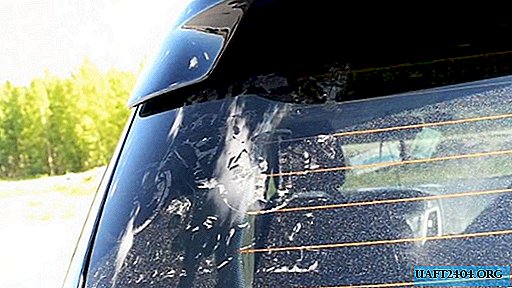Share
Pin
Tweet
Send
Share
Send
This tool, like others, is a consumable. After wear, it is thrown away, and a new one is installed in its place. Despite the fact that the flap grinding wheel is inexpensive, if the amount of work is large, then the total cost of their purchase can be significant.
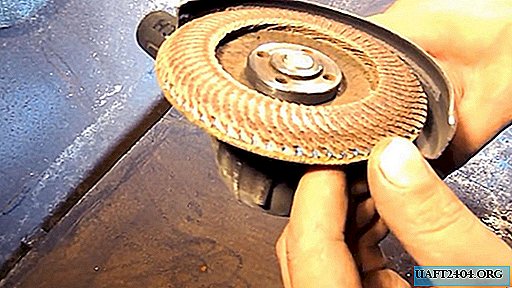
Meanwhile, it is possible to extend their service life by at least half more if you know how to restore the already partially used circle, which is usually thrown away, and thereby reduce the cost of their purchase by 50%.
As a result, the petals with abrasive particles are abraded and expose the disk base made of composite material, which, without abrasive properties, slides along the processed material and prevents other parts of the emery petals from working productively.

If you somehow remove the exposed part of the composite base disc, you can connect to the work is still worn sections of abrasive blades and, thereby, extend the "life" is not a new disc.
This can be done with a few remnants of the cutting wheels of the grinder.

Three or four of these "stubs" must be folded together in a bag and clamped between the lips of a bench vise so that they rise half above the lips.

Now you need to wear the worn petal grinding wheel mounted on the grinder, rotate it and bring it to the bag from the remains of the cutting wheels sandwiched in a vice.

As a result, they grind the composite base, which after that will not interfere with the abrasive petals of the restored circle, to do their job.

Such an update of the tool can be done twice, provided that the emery petals are glued to the base completely, as can be seen from the dried glue protruding from the ends of the petals.


Given the large number of abrasive particles and fine dust, this work must be carried out in a mask, goggles and gloves. It is also necessary to grind the composite base, asking the circle being restored the working direction of rotation. If it is the opposite, then there is a probability of separation of the emery petals.
Share
Pin
Tweet
Send
Share
Send

